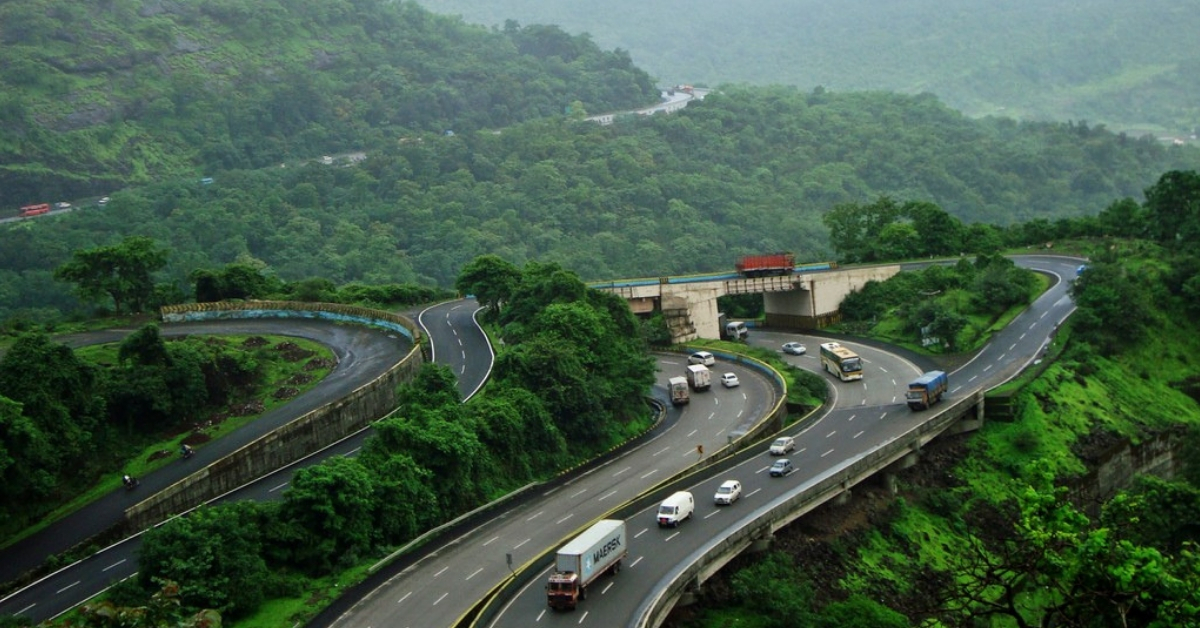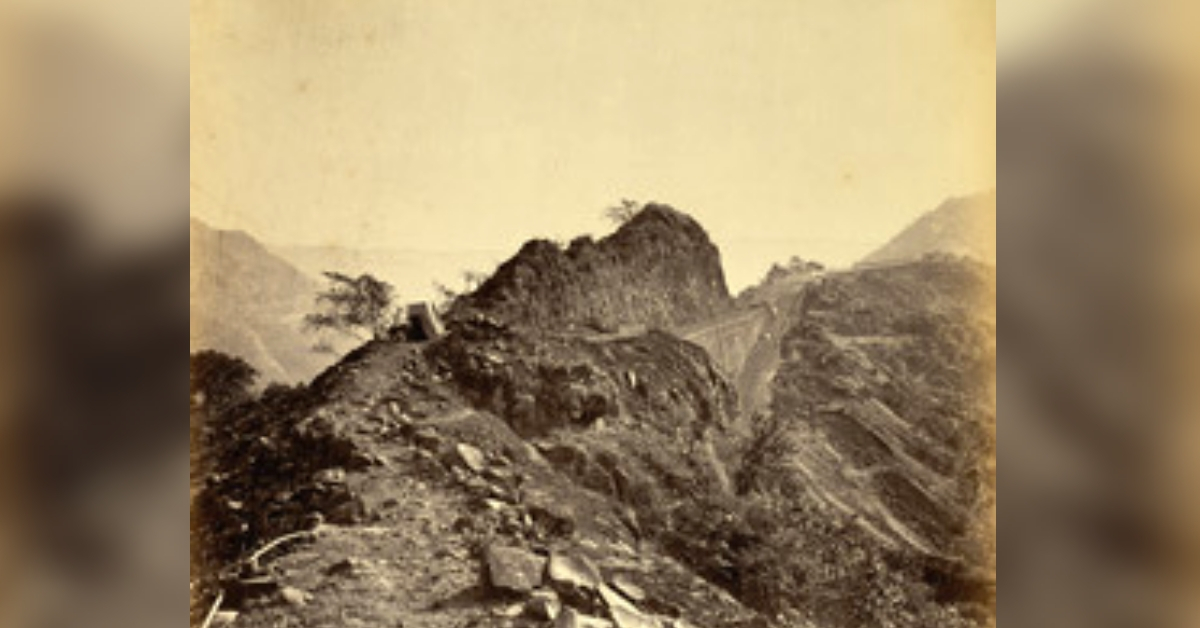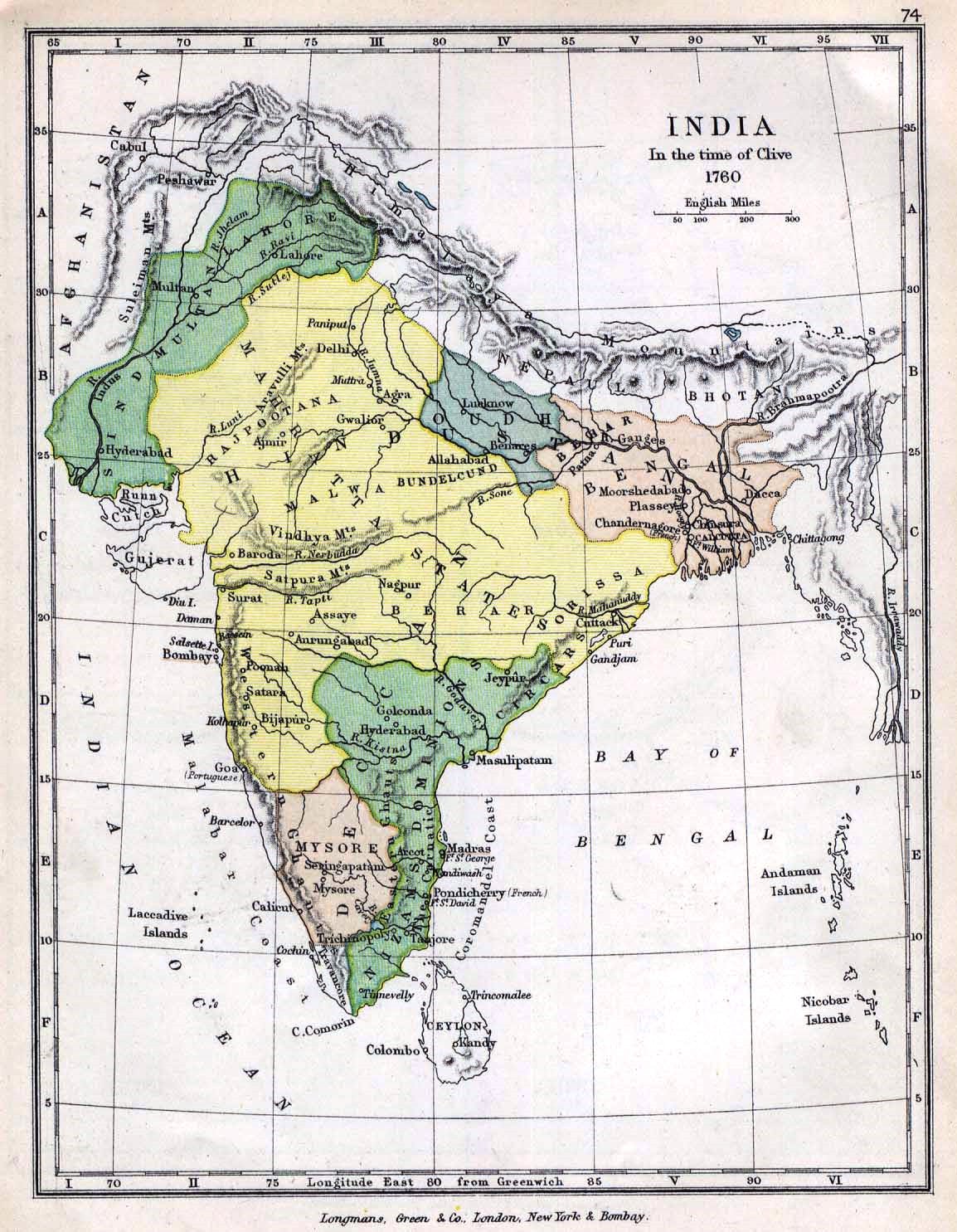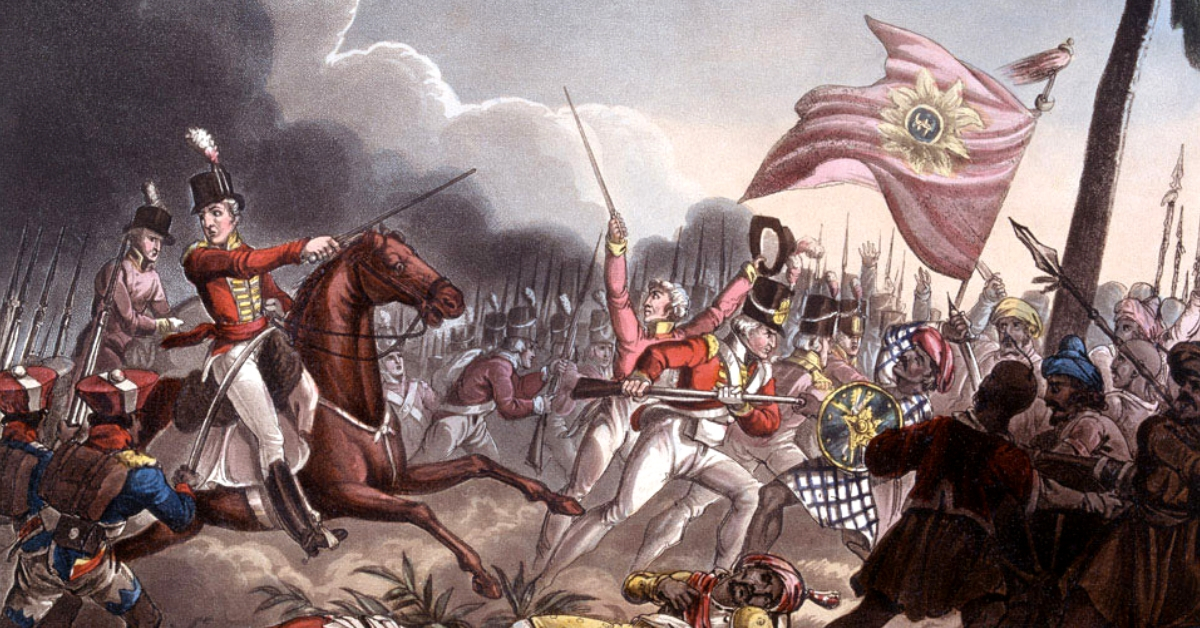How a 200-YO Anglo-Maratha Battle Paved the Way for the Mumbai-Pune Highway!
"With the defeat of the Marathas in 1818, connectivity between Pune and Mumbai assumed even more importance. A few years later, a military road branching off the Mumbai-Pune highway at Talegaon was constructed and linked to the barracks at Kirkee."

Would you travel for a week by road to get from Pune to Mumbai? The answer is probably no, since doing that in this day and age, when the journey takes you less time by road or rail than by flight (when factoring in check-in time as well), is practically unheard of.
But, over 200 years ago, the wide and green expressway that is now the perfect excuse for a road trip was just a tiny trekking route – fit only for two feet, and if you really pushed it – one horse.
How this highway came to be what it is today has a long history to it. And it all began with the battles between the Marathas and the British.
The Bhor Ghat:

In 1778 the British were trying hard to establish their dominance in central India, based out of Bombay (Mumbai). To do so, they not only had to secure the port city but also had to hold the land routes leading up to it so that there would be no danger of attack from the French or the Maratha rulers dominant in the region at the time.
Pune (or Poona as it was known at that time) was the capital of the Maratha empire, ruled by the Peshwas. The British quickly understood that they had to take over the city to establish their rule in the region.
For their part, the Marathas were divided and feuding amongst themselves. Nana Fadnavis, a minister with the Peshwas, was negotiating with the French to back his claim to the throne. But Raghunathrao, a Peshwa himself, decided to take the support of the British – who promised to secure his reign.
Accordingly, the British plotted to capture Pune, with the support of Raghunathrao, hoping to establish their rule via the Peshwas, who would become puppet rulers under English sovereignty.
However, they had failed to understand that they were treading in dangerous waters.

Even as the British started their attack from the Khandala village, Fadnavis’ officers were deployed in Talegaon, Wadgaon, Khopoli and Pimpri and Chinchwad to attack the British troops using guerrilla tactics.
By the end of the battle, the utterly defeated British had to surrender their possessions in Bombay, Bharuch and Surat to the Marathas. They were also made to hand over Raghunathrao.
For the Marathas, this counterattack was possible thanks to the Bhor Ghat between Bombay and Pune. The tiny forest track passing through the ghat was suitable for lone foot soldiers and those on horseback but unsuitable for the heavy artillery of the British and their long columns of troops – who marched three-abreast. To the British, the need to develop the ghat into a roadway became instantly obvious if they wanted to safely and speedily move their big guns, and bigger armies, to the Peshwa capital.
The second Anglo-Maratha war:

By 1802, the Marathas remained the most dominant power in India, and their kingdom extended beyond Gwalior in the North and Bijapur in the south. But soon, this was all to end – in another round of civil wars. This time, Peshwa Bajirao II, the son of Raghunathrao, was defeated by Yashwantrao Holkar, the ruler of Indore.
Following this defeat, the Peshwa sought refuge with the British, with whom he signed the Treaty of Bassein. This treaty is believed to be the reason the Maratha kingdom lost its hold in India and succumbed to the British.
The British learned their lessons from last time, and in this second titanic clash of civilisations, the British defeated all opposition – the Marathas from Indore and Gwalior, other from Central India and the French. The British were ably and successfully led by the Anglo-Irish General, Sir Arthur Wellesley, 1st Duke of Wellington.

The success was complete and the British formally took over what is today modern-day Maharashtra, including the city of Pune. This way, Bajirao II was reduced to being a puppet ruler in Pune, with the British wielding true power. This victory also cleared the path for Wellesley’s plan for a road linking Bombay and Pune. And so the modern highway was born.
You may also like: Kanhoji Angre, the Maratha Admiral Who Defended Konkan from the Europeans!
“With the defeat of the Marathas in 1818, connectivity between Pune and Mumbai assumed even more importance. A few years later, a military road branching off the Mumbai-Pune highway at Talegaon was constructed and linked to the barracks at Kirkee. Even today, it serves as an important feeder/ branch of the main highway… The old Bombay-Poona highway (erstwhile NH 4, now NH 48) more or less follows the road set down by Wellesley,” wrote Aneesh Gokhale in DNA.
The highway was born:

The first phase of this highway was to develop it from a mere trekking route to one appropriate for horse carriages. This meant that instead of travelling for a week, commuters would complete their journey from Poona to Bombay in three to four days. “Surprisingly, it was the postal department which provided palanquin bearers and rest houses called ‘Dak Bungalows’ along the way! It was not until 1830 that a road fit for horse-drawn carriages was built across the ghats. The then Bombay Presidency Governor, Sir John Malcolm, had opened the refurbished road, marking a definite progress from the road built by Wellesley,” writes Gokhale.
In 1863, the Great Indian Peninsula Railway opened a route between Bombay and Poona, cutting the travel time from a few days to just a few hours. This route was a part of the Bombay-Madras stretch developed by the British.
You may also like: The Forgotten Tale of the Indian Heroes Who Saved Hundreds of Lives in the Korean War
A unique reversing station was also installed at the Bhor Ghat. According to the British Library, “The Bhor Ghat reversing station is situated at the height of 2027 feet on the Great Peninsula railway line from Bombay to Pune in Maharashtra. This route required passing over the Western Ghats. In addition to the reversing station, there were 25 tunnels and 22 bridges.”
It’s incredible to know that the foundation of the four-lane highway that receives a traffic of over 90,000 passenger car units per day (as of 2016) was laid by the British to ease their commute and carriage of artillery two centuries ago!
(Edited by Gayatri Mishra)
Like this story? Or have something to share?
Write to us: [email protected]
Connect with us on Facebook and Twitter.

Similar Story

Netaji Bose’s Favourite Eatery Has Been Serving Traditional Delicacies for Over 100 Years
The Swadhin Bharat Hindu Hotel in Kolkata, started by Mangobindo Panda, is a century-old pice hotel where Indian freedom fighters like Netaji Subhas Chandra Bose would enjoy Bengali delicacies.
Read more >
If you found our stories insightful, informative, or even just enjoyable, we invite you to consider making a voluntary payment to support the work we do at The Better India. Your contribution helps us continue producing quality content that educates, inspires, and drives positive change.
Choose one of the payment options below for your contribution-
By paying for the stories you value, you directly contribute to sustaining our efforts focused on making a difference in the world. Together, let's ensure that impactful stories continue to be told and shared, enriching lives and communities alike.
Thank you for your support. Here are some frequently asked questions you might find helpful to know why you are contributing?


This story made me
-
97
-
121
-
89
-
167












